Feed Boxwood with Organic Plant Food in Early Spring
Evergreens — the name says it all. These plants and shrubs add color to your garden all year long, even in the dead of winter!
Though, we admit there’s one evergreen we love most: boxwoods.
Boxwood shrubs do it all. They’re super easy to care for, stay green all winter and are deer resistant.
These shrubs add instant definition, structure and privacy to outdoor spaces. Plus, boxwood shrubs morph into any shape when pruned. If an artful topiary isn’t for you though, they look just as beautiful when pruned slightly or left to grow free-form.
As easy as these shrubs are, there’s one BIG mistake people make when growing boxwood.
All too often, people believe that Holly-tone fertilizer is the feeding solution for boxwoods, just like they do with other evergreens. But that’s not the case.
While boxwood is part of the evergreen family, there’s one thing that makes them different. Most evergreens need to be fed Holly-tone, an organic fertilizer for acid-loving plants. But, boxwood — and arborvitaes — are evergreen shrubs that are not acid-loving plants. So, they need an all-purpose plant food.
Avoid the #1 mistake people make when growing boxwood. Fertilize your boxwood with an organic all-purpose plant food to keep them a healthy green. Plus, feeding these shrubs in early spring helps them fight off disease all season.
How to Feed Established Boxwood:
To see how much fertilizer your boxwood needs, measure the width of your boxwood with a tape measure.
For each foot, use 1 cup of Espoma Plant-tone. For example if your boxwood is 4’ wide, use 4 cups of organic plant food.
Then, sprinkle around the boxwood’s drip line, which is a circle formed around the shrub’s widest branch.
How to Feed New Boxwood:
If you want to add a border or line a path, boxwood is just what you’re looking for. Go ahead and get planting.
Boxwood grows best in zones 6-8. As always before planting, make sure the area you’d like to plant matches the plant’s likings. Read that plant tag! Most boxwood need full to partial sun and well-drained soil.
Once you’ve found the perfect spot and the perfect boxwood, it’s time to plant.
Dig a hole as deep and twice as wide as the root ball. Scoop a handful of soil to test, too. Boxwood needs a soil pH between 6 and 7. If your pH is too low, add Espoma Organic Garden Lime. If your soil pH is higher than 7, amend with Espoma Organic Soil Acidifier.
Now, loosen roots and position boxwood in the hole.
Replace 1/3 of the soil with compost or Espoma Organic All Purpose Garden Soil. And, mix in 1-2 cups of Organic Plant-tone. Adding an organic plant food now helps plants thrive in their new home.
Then, fill the rest of the hole with amended soil or Espoma Garden Soil.
Lightly water now, and continue watering once a week during spring and summer.
Finally, make the boxwood look right at home by adding 2-3” of mulch to control weeds and conserve water.
Boxwood transforms any area into a defined, stately space. Soon, these beautiful evergreens will even be dotted with sweet, white blooms.
What’s your favorite evergreen? Comment below to share!
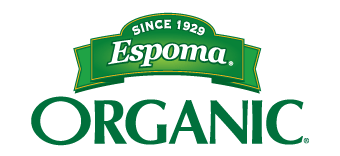
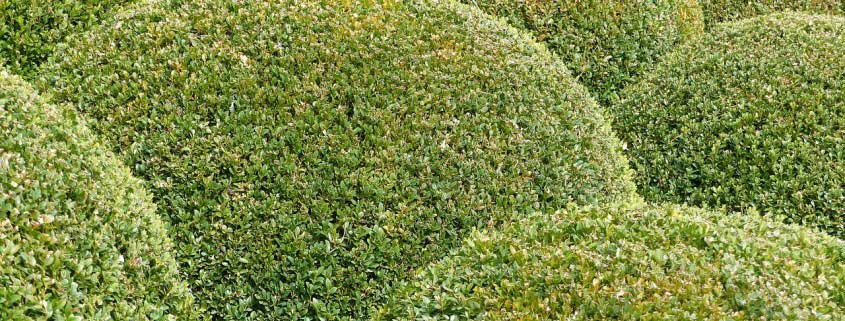
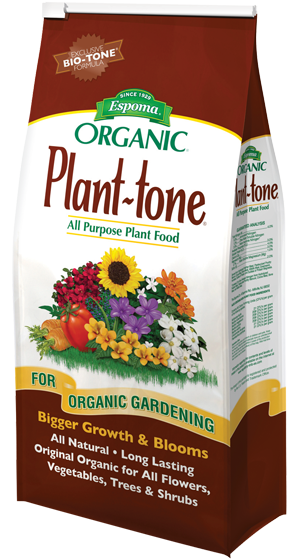
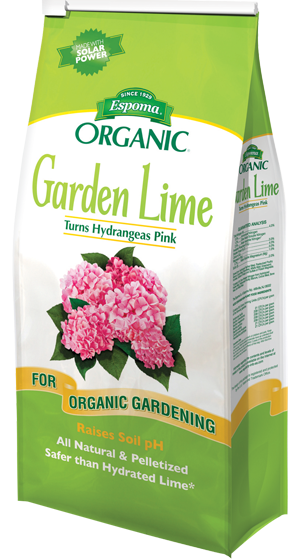
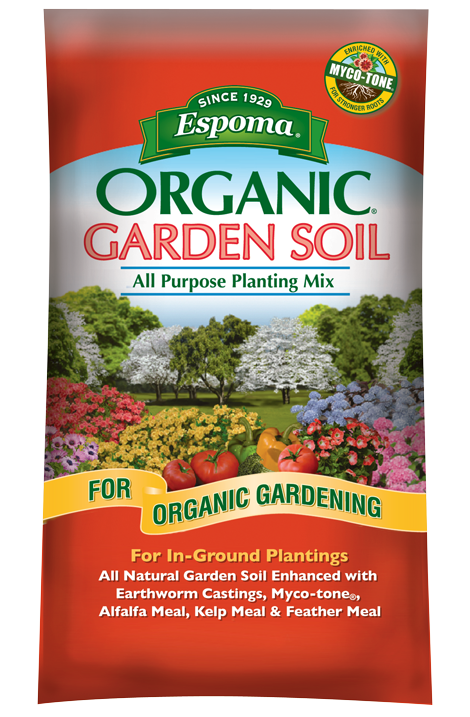
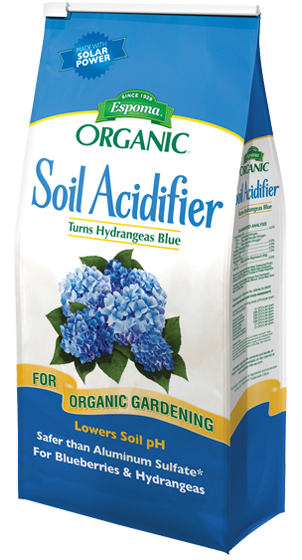
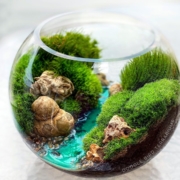
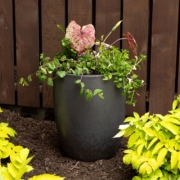



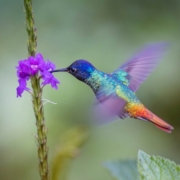
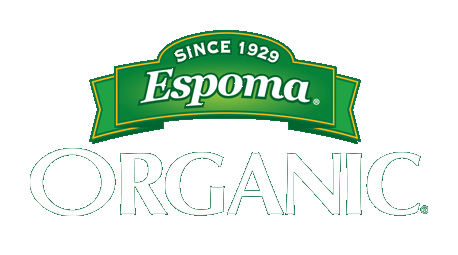
Trackbacks & Pingbacks
[…] Feed Boxwood with Organic Plant Food in Early Spring | Espoma – Fertilize your boxwood with an organic all-purpose plant food to keep them a healthy green. Plus, feeding these shrubs in early spring helps them fight off disease all season. How to Feed Established Boxwood: To see how much fertilizer your boxwood needs, measure the width of your boxwood with a tape measure. […]
[…] small when making a shrub topiary. Choose a variety such as holly, boxwood or laurel. Look for dwarf varieties that will stay compact and won’t need much pruning. If […]
[…] weeding to fertilizing, there’s always something to do when spring rolls […]
Comments are closed.